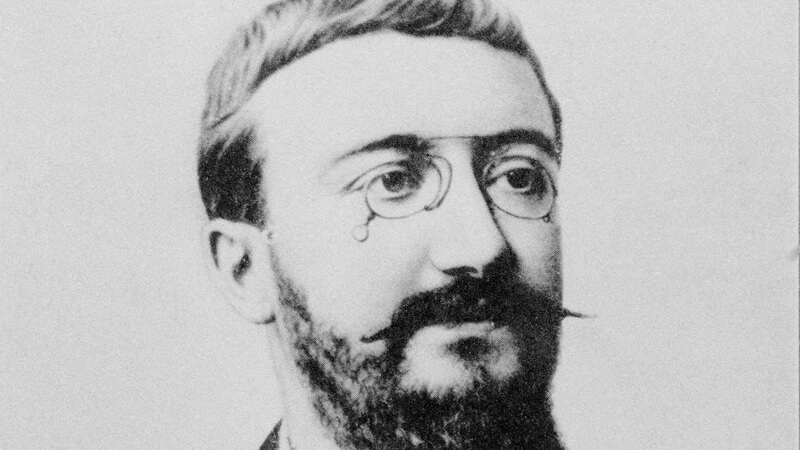Biography of Konrad Bloch: – An American biochemist of German origin. He moved to the US in 1936 and was a professor at Harvard University. He established cholesterol biosynthesis and demonstrated the importance of this compound in the formation of highly active steroids, such as the genital and adrenal hormones.
In 1964 he was awarded the Nobel Prize in Medicine and Physiology, which he shared with the German biochemist Feodor Felix Konrad Lynen for his discoveries on the synthesis and regulation of cholesterol and fatty acid metabolism.
Biography of Konrad Bloch
- Born:- 21 January 1912, Nysa, Poland
- Died:- 15 October 2000, Lexington,
- Education:- Columbia University (1938), Technical University of Munich
- Awards:- Nobel Prize in Physiology or Medicine,
Born in Neisse, Germany (now Nysa, Poland), he graduated in Chemical Engineering from the Technical University of Munich in 1934. After graduating he left Germany and joined the Swiss Research Institute in Davos where he studied biochemistry.
See Also: Biography of Braulio Foz
In 1936 traveled to the United States and began to prepare the doctorate in the University of Columbia of New York. He received his doctorate in 1938 and remained at Columbia College of Physicians and Surgeons as a researcher in the laboratory of the German biochemist of German origin Rudolf Schoenheimer. He became a US citizen in 1944.
In 1946 he was appointed Professor of Biochemistry at the University of Chicago. In 1954 he obtained Professor Higgins Professor of Biochemistry at Harvard University.
Throughout his career he was editor of the magazineJournal of Biological Chemistry, one of the most important scientific research journals.
Working separately, Konrad Bloch and Feodor Lynen discovered key steps in the synthesis of cholesterol in the human body. Cholesterol is a lipid that helps to stabilize cell membranes, provides bile acids that metabolize fats and is used to synthesize steroid hormones.
Using the technique developed by Schoenheimer, which used radioactive isotopes to analyze the intermediate steps of a chemical reaction, Bloch and his colleague David Rittenberg studied the role of acetic acid in cholesterol biosynthesis.
The researchers injected radioactive-labeled acetic acid with carbon and hydrogen isotopes into rats and examined the cholesterol produced by the animals, identifying the same isotopes in the structure of that molecule and proving that acetic acid is the main precursor of cholesterol.
They were then able to reconstruct some of the intermediate steps of their synthesis as well. Bloch conducted more thorough research and identified squalene as an important intermediate product. Finally, 36 independent steps were identified in the conversion of acetic acid to cholesterol.
Cholesterol is produced in the liver and is also absorbed from the food we eat. If cholesterol and other lipids bind to form a plaque in the arterial blood vessels, plaque can clog blood vessels and cause heart disease.
The work of Bloch, Lynen and others provided valuable information on the production and regulation of cholesterol, which was a great help in the treatment of cardiovascular diseases through surgical intervention, drug development and recommended changes in diet.




